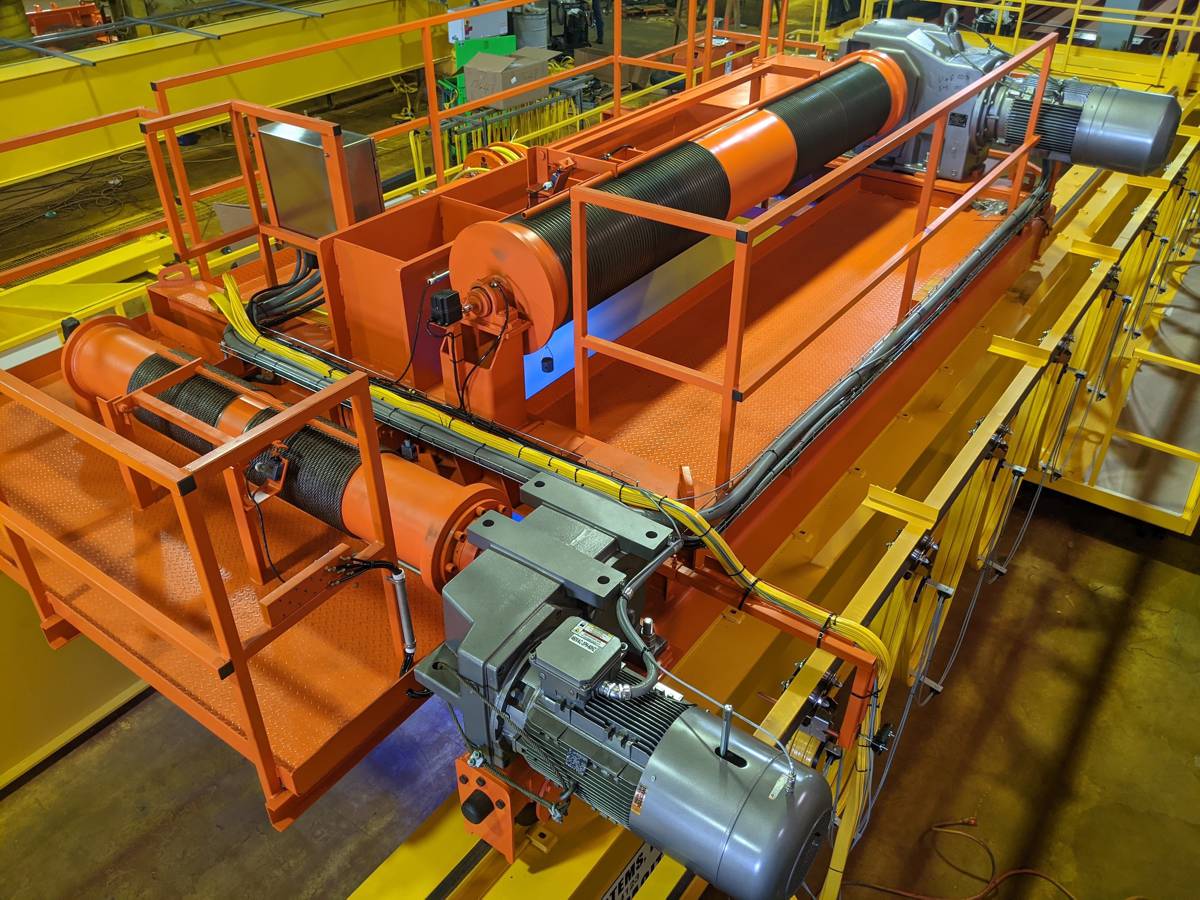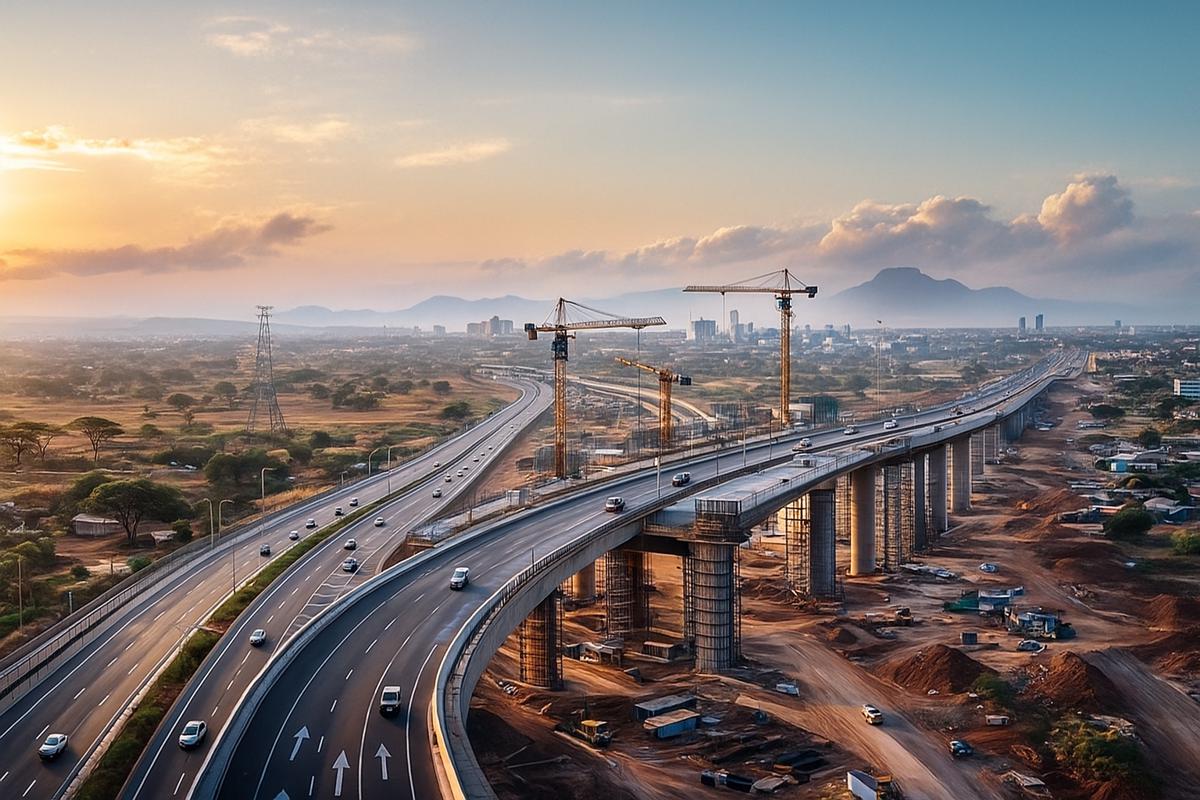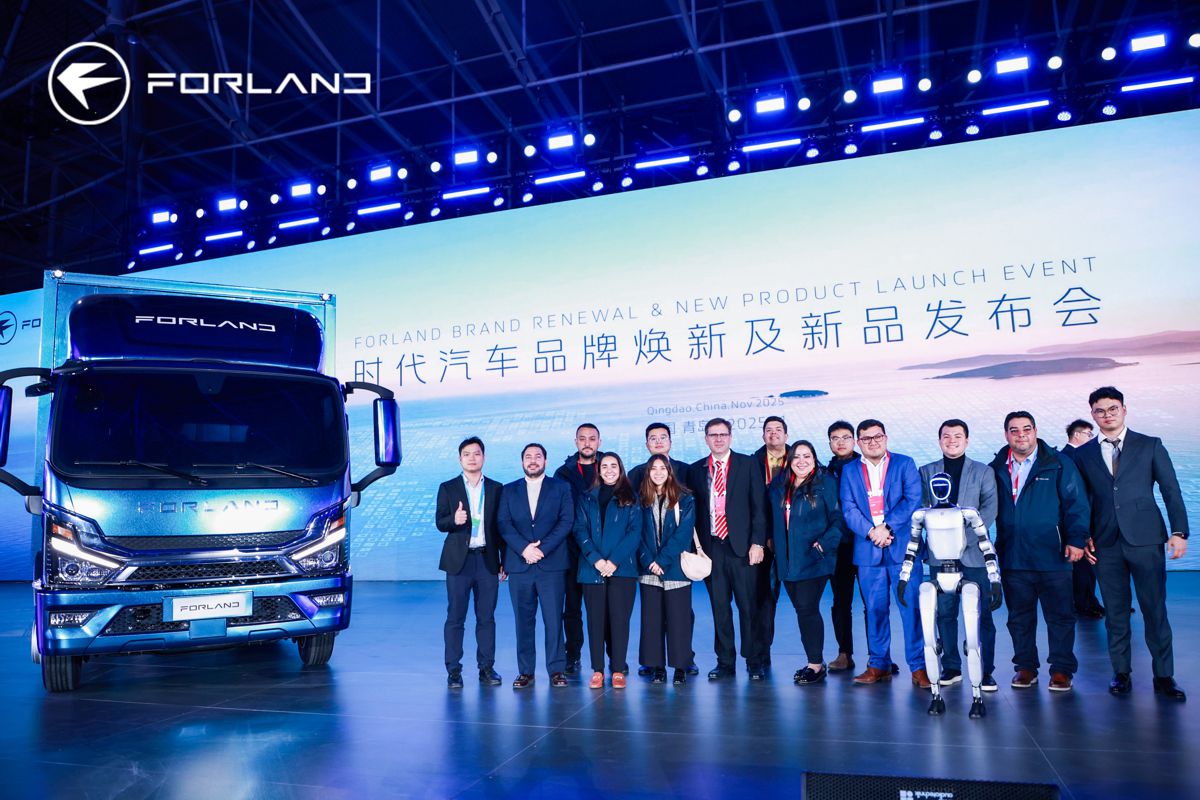Rehabilitating a German Motorway with Vögele’s InLine-Pave Sustainable Method
A section of the southern Berlin orbital needed renewing as a result of severe rut formation.
In order to rehabilitate this heavily-used section of motorway to a high standard, as quickly as possible, whilst saving resources, the contractor used two InLine-Pave trains from Vögele. These paved the surface and binder courses “hot on hot” and “hot to hot”, not only increasing the quality and resistance to deformation of the carriageway, but also saving time, money and resources.
The Ludwigsfelde-West intersection of the A10 is part of the southern Berlin orbital motorway; the heavy traffic here subjects it to severe mechanical strain. As the pavement had become significantly rutted, surface and binder courses needed renewing over a length of 4.2 km and a width of approximately 15 m.
This process involved significant paving requirements: to stop the ruts forming again, the new carriageway had to have high-quality paving, resilience and durability. The aim was furthermore to save resources and to reopen this section of motorway to traffic as quickly as possible.

Two layers in one pass
The contractor, a syndicate formed of Matthäi Michendorf and Matthäi Stendal, consequently decided to pave “hot on hot” using two InLine Pave trains from Vögele. This method requires the material feeder, the paver for the binder course and the paver for the surface course to work “in line” (consecutively) to pave the surface and binder courses in one pass. This delivers a number of benefits at once.
“Hot on hot” paving of the binder and surface courses guarantees optimum bonding between the two, improving the quality and service life of the surface course. The proportion of surface course can also be reduced in favour of the binder course. On the one hand, this improves the stability of the road surface, because of the higher proportion of binder course (which resists deformation); this prevents deformation of the road. On the other hand, the approach saves money, because less binder-rich surface course material – much more expensive than binder course material – is required. Unlike in the conventional paving method, there is also no need to spray on bitumen emulsion, which saves material, CO₂ emissions and working time.
“The InLine-Pave method is ideal for motorway projects in particular, and generally for those projects requiring an especially resilient surface to be paved under significant time and cost pressure, whilst taking account of sustainability issues,” says Frank Jilge, paving supervisor at Matthäi.
Two pave trains for maximum efficiency
The time window for rehabilitating this section of motorway was extremely tight: the entire section had to be renewed and then reopened to traffic in just two days. As a consequence, the paving team used two InLine-Pave trains involving three machines each: an MT 3000-3i Offset high-performance material feeder accepted the material for the binder and surface courses on delivery and, in a specified rhythm, conveyed it straight to the material hopper or transfer module of the respective SUPER 2100-3i IP following on.
The modified Highway Class pavers created a 6 cm-thick binder course and used the transfer module to pass the surface course material on to the respective SUPER 1900-3i following on, which then immediately paved the 2 cm-thick surface course. In order to meet the tight time constraints, the two pave trains worked in parallel on two carriageways, each of them 7.5 m wide. “The combination of “hot on hot” and “hot to hot” really helped us get the maximum efficiency out of the machines,” says Jilge.

High compaction guarantees quality and durability
The InLine-Pave method was also a good choice in terms of quality requirements: both the thinner surface course and the high degree of pre-compaction contributed to the high quality and resistance to deformation of the new carriageway. The core of the pave train, the SUPER 2100-3i IP paver for the binder course, was equipped with an AB 600 TP2 Plus Extending Screed.
With a tamper and two pulsed-flow hydraulic pressure bars, this achieves maximum possible compaction values of up to 98%. This allowed the paving team to compact the binder course to such an extent that it became especially resistant to deformation, allowing the surface course pavers which followed to work on the layer beneath immediately, while it was still hot.
The high degree of pre-compaction meant that only a few passes of the roller were subsequently required, again saving working time.
Focus on sustainability
The aim of both client and contractor when rehabilitating the Berlin orbital was to use machines and material as efficiently as possible and to save resources.
InLine-Pave was also a convincing method in this regard: “hot on hot” paving meant that the bitumen emulsion tack coat required in conventional paving could be dispensed with, saving material, costs and the CO₂ emissions which arise during production and paving – as well as additional working time.
Add to this the fact that Matthäi also uses all the machines in the IP train as standard machines – so is able to utilise them to the full. Only the transfer module of the paver for the binder course needs removing for conventional paving if required.

Tried and tested method
The project on the Berlin orbital was a success: Matthäi was able to complete the construction project punctually after two days. “Whilst every job site presents fresh challenges, at least the paving method was a tried and tested one for us,” says Jilge.
“We have been relying on InLine-Pave technology from Vögele since 2004 as it has so many benefits. Large-scale and motorway job sites are our bread and butter – so reliable machine technology and on-site application consulting are important factors in our success.”
InLine-Pave method: benefits at a glance
Quality
- “Hot on hot” paving for an optimum bond between layers
- Higher proportion of stiffer binder course delivers high resistance to deformation
- High-compaction technology for maximum evenness
Sustainability
- Dispensing with the bitumen emulsion tack coat reduces material requirement
- Up to 13% fewer CO₂ emissions compared to conventional paving method
- A higher proportion of binder course (good resistance to deformation) increases the durability and service life of the road surface.
Efficiency
- Paving the surface and binder courses in one pass saves time
- Dispensing with the bitumen emulsion tack coat reduces working time
- Use of expensive, binder-rich surface course material is reduced in favour of low-cost, stiffer binder mix
- Machines are close to the standard design, allowing a high level of utilisation




















